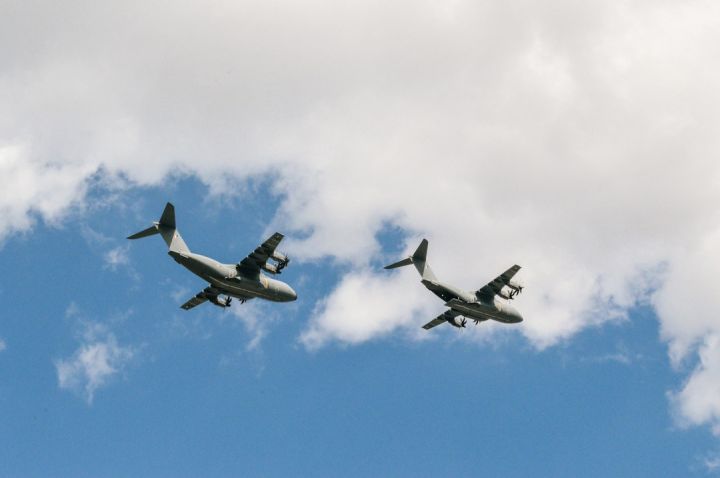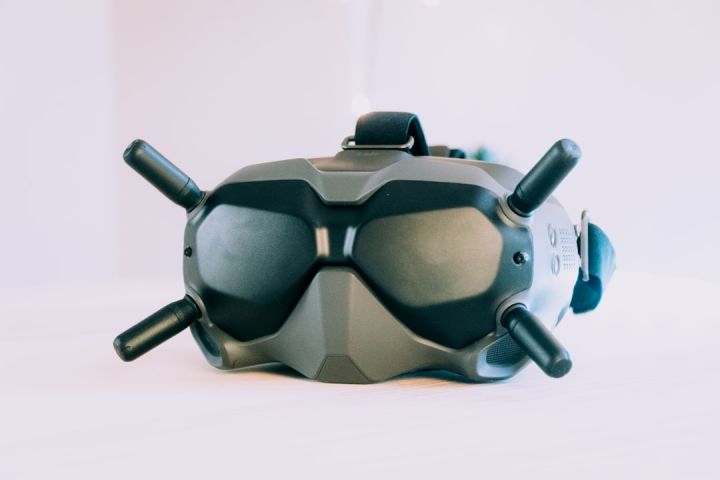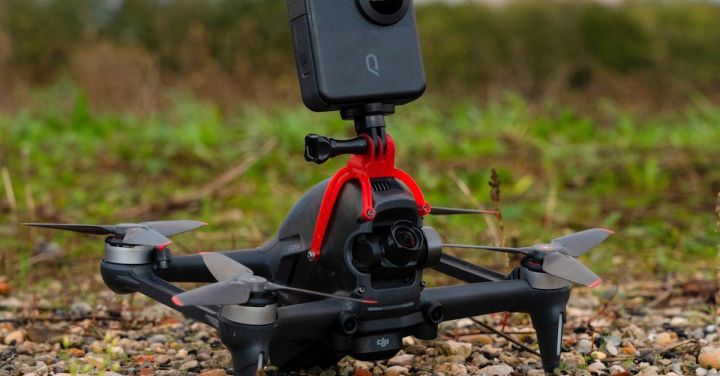Can You Transition from Rc Model Flying to Real Aircraft?
Remote control (RC) model flying is a popular hobby for many aviation enthusiasts. It allows individuals to experience the thrill of flying without actually being in an aircraft. But can this hobby serve as a stepping stone for those who aspire to fly real airplanes? In this article, we will explore the similarities and differences between RC model flying and piloting real aircraft, and discuss whether one can transition from one to the other.
Understanding the Basics
RC model flying involves operating a miniature aircraft using a remote control. These models can range from small electric planes to large gas-powered helicopters. The controls are similar to those found in real aircraft, with a transmitter used to manipulate the throttle, ailerons, elevator, and rudder.
Building Skills and Knowledge
One advantage of RC model flying is that it allows enthusiasts to develop valuable skills and knowledge related to aviation. Pilots in training can learn the basics of aerodynamics, flight controls, and maneuvering techniques. They can also gain experience in handling different types of aircraft and understanding their limitations.
However, it is important to note that RC models are simplified versions of real aircraft. While the fundamental principles may be the same, there are significant differences in terms of size, weight, and complexity. Real airplanes require a deeper understanding of systems, navigation, regulations, and safety procedures.
Transitioning to Real Aircraft
Transitioning from RC model flying to piloting real aircraft is indeed possible, but it requires additional training and certification. The first step is obtaining a private pilot license (PPL) through a recognized flight school. This involves completing a specified number of flight hours, passing a written exam, and demonstrating proficiency in various flight maneuvers.
The experience gained from RC model flying can be beneficial during flight training. Pilots who have a background in RC models often have an advantage in terms of hand-eye coordination, situational awareness, and understanding of flight dynamics. However, it is crucial to remember that real aircraft are more complex and require a higher level of proficiency.
The Challenges of Transitioning
Transitioning from RC model flying to real aircraft does come with its challenges. One of the major hurdles is adjusting to the physical demands of piloting a full-scale aircraft. The controls are more sensitive, and the forces experienced during maneuvers are significantly greater. It may take some time to adapt to these differences and develop the necessary skills to fly safely.
Another challenge is the mental shift from a hobbyist mindset to a professional one. Flying an RC model is primarily for leisure and enjoyment, while piloting real aircraft involves a higher level of responsibility and adherence to regulations. It requires a deeper understanding of the aviation industry, weather patterns, and emergency procedures.
Conclusion: A Stepping Stone to the Sky
While RC model flying can provide a solid foundation for aspiring pilots, it is not a direct substitute for real aircraft experience. It can serve as a stepping stone, helping individuals develop skills, knowledge, and a passion for aviation. However, transitioning to piloting real aircraft requires additional training, certification, and a commitment to continuous learning.
If you are an RC model enthusiast with dreams of flying real airplanes, don’t be discouraged. Use your experience as a starting point and explore opportunities for further education and training. With dedication and perseverance, you can turn your passion for RC model flying into a fulfilling career as a pilot. So, spread your wings and take the first step towards the sky!







